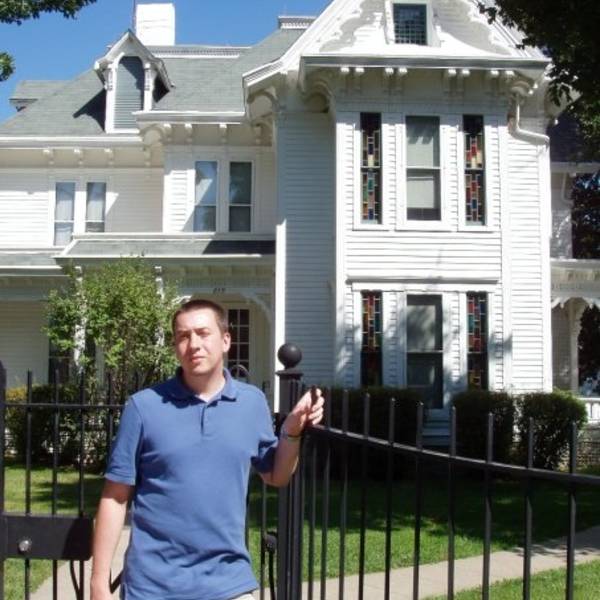One hundred and fifty years ago today, in the normally quiet and peaceful countryside just east of Pea Ridge, Arkansas, the largest Civil War battle west of the Mississippi River started.
The Battle of Pea Ridge, known locally as the Battle of Elkhorn Tavern, was the culmination of several days of skirmishes in northwest Arkansas and southwest Missouri between Union forces under the control of Brig. Gen. Samuel R. Curtis and Maj. Gen. Earl Van Dorn’s Confederate soldiers. Curtis’s mission had been to push factions of the Confederate “Missouri State Guard” out of Missouri. The bulk of the battle took place March 7 and 8, 1862, and when it was finished, the Union Army had won, preventing Missouri from seceding from the Union.
Growing up in southwest Missouri, just a few miles from the location of the battle, I have made many visits to Pea Ridge National Military Park, where the location of this important, if little-known, battle is preserved. Because of its rural location, Pea Ridge National Military Park is one of the best-preserved Civil War battlefields in the nation. You are not going to find a McDonald’s or strip mall at the boundary of this park!
My childhood included regular trips to this national park with my parents and older brothers, seeing and learning about the battlefield and the events that took place there. I hiked through the thick, native Ozark Mountain woods, and I visited the recreated Elkhorn Tavern, which served as a headquarters and hospital during the battle. My parents, brothers, and I are not the first members of my family to know and love this section of hallowed ground. My ancestors first moved to this part of Northwest Arkansas and Southwest Missouri in the early 1850s, so my family has been tramping across this countryside for the last 160 years.
Because I come from a long line of storytellers and history lovers, I know exactly what my great-great-great–grandfather Horace H. Patterson was doing 150 years ago today. On that day, he was an eight-year-old boy who was fascinated by the clash of two great armies taking place a little more than a mile from his family’s farmhouse. With equal parts curiosity, courage, and naiveté, he left the family home and walked across fields and through fruit orchards and oak, elm, and walnut groves, following the sounds of gun and cannon fire. When he got as close to the action as he dared, he climbed high in a tree to watch the battle unfold.
From this spot, he became a spectator of history, and his experience became family lore. He watched men on both sides of the conflict die, and heard the roar of the cannon and snaps of the rifles; he saw warfare with bayonets and hand-to-hand combat. It was all instantly seared into his mind, so much so that it was a story he shared with his family for the rest of his life, and that his children and grandchildren would continue to share. But, the most remarkable part of this story to me is, even though 150 years have passed, I could visit Pea Ridge National Military Park tomorrow and see the same landscapes that my ancestor saw on the day of the battle. If he were alive today, I have no doubt that he would recognize the land and likely even be able to find where the tree stood that he climbed to watch history unfold.
Stay On Top of News
Our email newsletter shares the latest on parks.
Like all national parks, Pea Ridge preserves something important. To me personally, it means that in another 150 years, future generations of my family will still be able to visit and learn about the battle that took place there. I hope they will continue to know the story of the eight-year-old boy who was there on March 7, 1862 and witnessed one of the events that shaped our nation’s history. After all, what better gift can we leave future generations than the stories and places that have defined who we are and what we have experienced?
In case you are curious, Horace H. Patterson lived to the ripe old age of 84, living all of those years in Pea Ridge. He was a farmer, a teacher, and, for many years, a justice of the peace for the town. He spent two years in the 1870s representing the area in the Arkansas State Legislature and, luckily for his descendants, he was a prolific storyteller, leaving a historic record of his family’s heritage and the adventures they experienced.
About the author
-
General
-
- NPCA Region:
- Southeast
